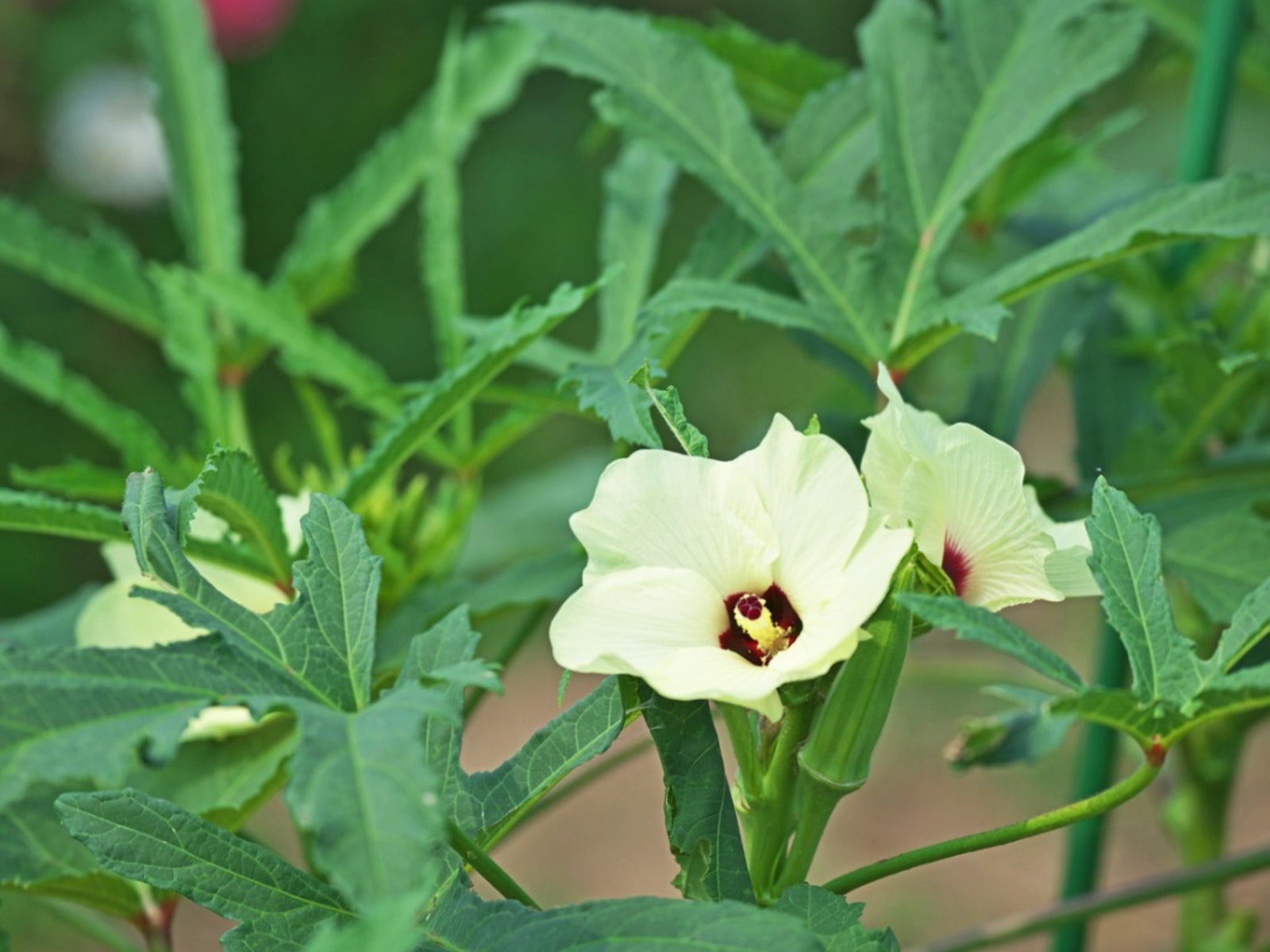Planting Okra: How To Grow Okra


Okra (Abelmoschus esculentus) is a wonderful vegetable used in all sorts of soups and stews. It is versatile, but not a lot of people actually grow it. There's no reason not to add this vegetable to your garden because of its many uses.
How to Grow Okra
If you're thinking about planting okra, remember that it's a warm season crop. Growing okra requires a lot of sunshine, so find a place in your garden that doesn't get much shade. Also, when planting okra, be sure there is good drainage in your garden.
When you prepare your garden area for planting okra, add 2 to 3 pounds (.9-.36 kg.) of fertilizer for every 100 square feet (9.2 m2) of garden space. Work the fertilizer into the ground about 3 to 5 inches (8-13 cm.) deep. This will allow your growing okra the most chance at absorbing nutrients.
The first thing is to prepare the soil well. After fertilization, rake the soil to remove all rocks and sticks. Work the soil well, about 10 to 15 inches (25-38 cm.) deep, so the plants can get the most nutrients from the soil around their roots.
The best time when to plant okra is about two to three weeks after the chance of frost has passed. Okra should be planted about 1 to 2 inches (2.5-5 cm.) apart in a row.
Caring for Growing Okra Plants
Once your growing okra is up and out of the ground, thin the plants to about 1 foot (31 cm.) apart. When you plant the okra, it may be helpful to plant it in shifts so that you can get an even flow of ripe crops throughout the summer.
Water the plants every seven to ten days. The plants can handle dry conditions, but regular water is definitely beneficial. Carefully remove grass and weeds around your growing okra plants.
Sign up for the Gardening Know How newsletter today and receive a free copy of our e-book "How to Grow Delicious Tomatoes".
Harvesting Okra
When growing okra, pods will be ready for harvest at about two months from planting. After harvesting okra, store the pods in the refrigerator for later use, or you can blanch and freeze them for stews and soups.

Kathee Mierzejewski was with Gardening Know How in the very beginning, writing many of the site's foundational articles.